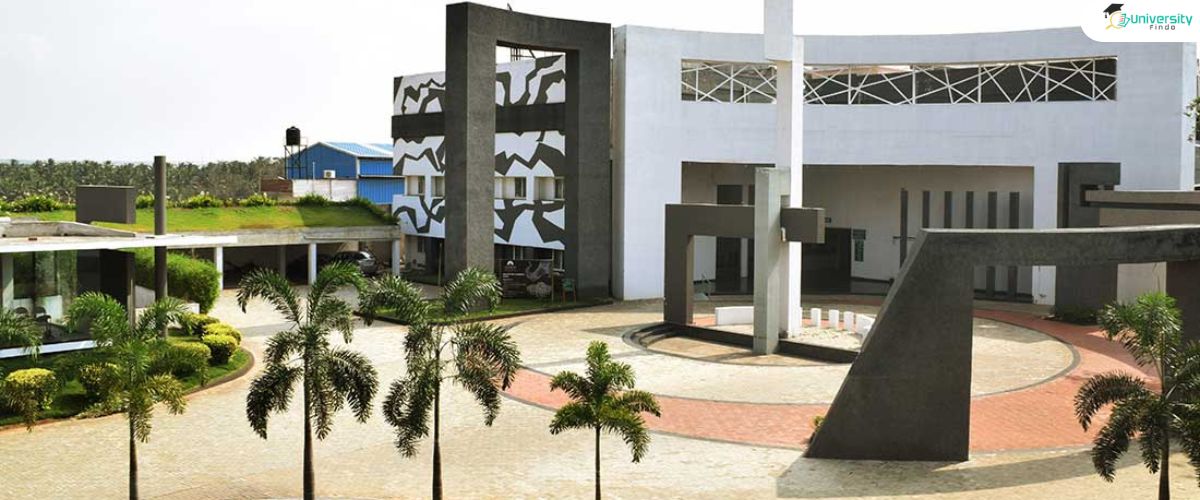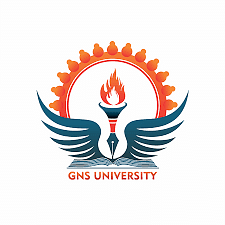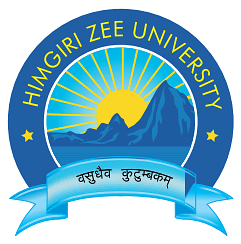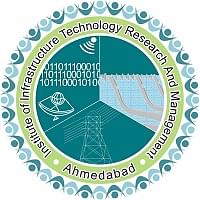Introduction about B. Des in Textile Design
B.Des in Textile Design is a specialized program that focuses on the art, science, and
technology of creating textiles for a wide range of purposes, from fashion and
apparel to interior design, home furnishings, and industrial applications. This
interdisciplinary field combines elements of art, design, craftsmanship, and
technology to produce innovative and aesthetically pleasing textile products.
In a BDes in Textile Design program at best
college in Assam, students learn about the entire process of textile
creation, from conceptualization and design to production and marketing. The
curriculum typically covers a variety of topics, including:
- Textile Design Fundamentals:
Students learn about the principles of design, color theory, pattern
making, and textile construction techniques. They explore different
materials, textures, and surface treatments used in textile design.
- Drawing and Illustration:
Drawing and illustration skills are essential for textile designers to
communicate their ideas and concepts visually. Students learn various
drawing techniques and develop their artistic abilities to create original
designs.
- Textile Printing and Surface Design: This aspect of the program focuses on techniques for printing
designs onto fabric, such as screen printing, digital printing, block
printing, and dyeing. Students experiment with different printing methods
and learn how to create repeat patterns and motifs at no.1 college in Assam.
- Fabric Manipulation:
Fabric manipulation techniques involve shaping, pleating, gathering,
folding, and embellishing fabric to create three-dimensional textures and
effects. Students explore a variety of techniques and experiment with
unconventional materials to push the boundaries of textile design.
- Computer-Aided Design (CAD): CAD
software is widely used in the textile industry for designing, editing,
and visualizing textile patterns and prints. Students learn how to use
software such as Adobe Photoshop, Illustrator, and specialized textile
design software to create digital designs and patterns.
- Textile Technology and Production:
Students gain an understanding of textile materials, fibers, yarns, and
fabric structures, as well as the production processes involved in
creating textiles on an industrial scale. They learn about sustainable
practices, textile testing, quality control, and production management.
- Fashion and Market Trends:
Textile designers need to stay informed about current fashion trends,
market demands, and consumer preferences. Students study fashion history,
trend forecasting, market research, and the business aspects of textile
design.
- Professional Practice and Portfolio Development: The program often includes courses on professional practice,
entrepreneurship, and portfolio development to prepare students for
careers in the textile industry. Students learn about networking,
presentation skills, and how to showcase their work effectively.
What is admission process for B. Des in Textile Design?
The admission 2024 B. Des in Textile Design
can vary depending on the specific university or institution offering the
program. However, here are some common steps and requirements that applicants
typically need to fulfill:
- Educational Qualifications: Most
institutions require applicants to have completed high school or its
equivalent with a strong academic record. Specific subject requirements
may vary, but a background in art, design, textiles, or related subjects
can be advantageous.
- Portfolio Submission: A
portfolio of artwork is often a key component of the application process.
This portfolio should showcase the applicant's creativity, artistic
skills, and potential for success in the field of textile design. It may
include drawings, sketches, textile samples, surface designs, patterns,
and any other relevant creative work.
- Entrance Exam: Some
institutions may require applicants to take an entrance exam to assess
their artistic and technical skills, as well as their understanding of
design principles and textile concepts. The format and content of the exam
can vary, but it may include drawing tests, design challenges, and/or
written assessments.
- Statement of Purpose:
Applicants may be asked to submit a statement of purpose or personal
statement explaining their interest in textile design, their career goals,
and why they are applying to the specific program. This allows the
admissions committee to better understand the applicant's motivations and
aspirations.
- Letters of Recommendation: Some
institutions may require applicants to submit letters of recommendation
from teachers, mentors, or professionals who can attest to the applicant's
artistic abilities, work ethic, and potential for success in the program.
- Interview: In some cases, applicants may be
invited to participate in an interview as part of the admissions process.
This interview may be conducted in person, over the phone, or via video
conference, and provides an opportunity for the admissions committee to learn
more about the applicant's background, interests, and suitability for the
program.
- Additional Requirements:
Depending on the institution, there may be additional requirements such as
standardized test scores (e.g., SAT or ACT), English language proficiency
tests (e.g., TOEFL or IELTS) for international students, or specific
prerequisites in art, design, or technology.
What is eligibility criteria for B. Des in Textile Design?
The eligibility B. Des in Textile Design
can vary depending on the specific university or institution offering the
program. However, here are some common eligibility requirements that applicants
typically need to meet:
- Educational Qualifications:
Applicants are generally required to have completed high school or its
equivalent. They should have a strong academic record, particularly in
subjects such as art, design, textiles, mathematics, and science.
- Minimum Grade Requirement: Many
institutions have a minimum grade requirement for admission into their
BDes in Textile Design program. This requirement may vary depending on the
institution and the competitiveness of the program.
- Portfolio Submission: A
portfolio of artwork is often a crucial component of the application
process for BDes in Textile Design programs. Applicants are typically
required to submit a portfolio showcasing their creativity, artistic
skills, and potential for success in the field of textile design. The
specific requirements for the portfolio can vary, but it should typically
include drawings, sketches, textile samples, surface designs, patterns,
and any other relevant creative work.
- Entrance Exam (if applicable): Some
institutions may require applicants to take an entrance exam as part of
the admission process. This exam may assess the applicant's artistic and
technical skills, as well as their understanding of design principles and
textile concepts. The format and content of the exam can vary depending on
the institution.
- English Language Proficiency (if applicable): For international students or applicants whose primary language
is not English, proficiency in English may be required. This is typically
demonstrated through standardized tests such as the TOEFL (Test of English
as a Foreign Language) or IELTS (International English Language Testing
System).
- Letters of Recommendation (if applicable): Some institutions may require applicants to submit letters of
recommendation from teachers, mentors, or professionals who can attest to
their artistic abilities, work ethic, and potential for success in the
program.
- Interview (if applicable): In
some cases, applicants may be invited to participate in an interview as
part of the admissions process. This interview may be conducted in person,
over the phone, or via video conference, and provides an opportunity for
the admissions committee to learn more about the applicant's background,
interests, and suitability for the program.
Applicants should take the time to prepare a
strong portfolio and application materials that demonstrate their passion for
textile design and their readiness for the program at top college in Assam.












